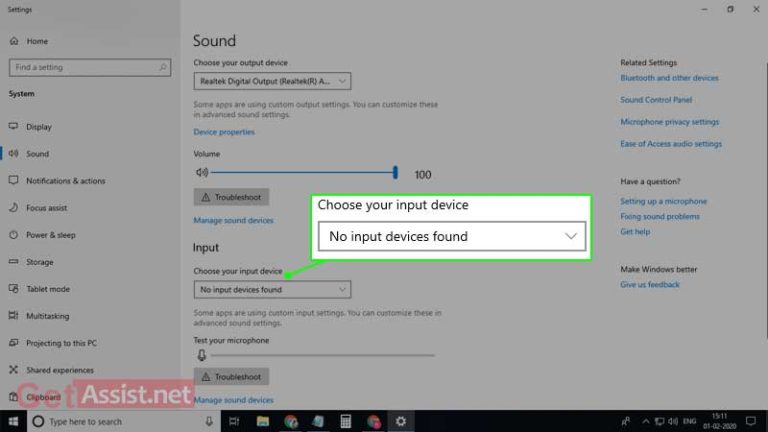


After you do this, your audio or speaker drivers should automatically update or install Within the settings window, click on Windows Update & Securityģ. Go to the Start menu and click on SettingsĢ. To find the Windows Update Utility feature:ġ. You can use the Windows Update Utility feature to do this directly in Windows 10. To check the status of your audio or speaker drivers, you must first see if you can automate this process. And one of the most common reasons that your computer sound may not be working is because of outdated or missing drivers. Updating or installing drivers on your PC can seem like a hassle, but it’s really not. INSTALL OR UPDATE AUDIO OR SPEAKER DRIVERS It’s not that your computer speakers aren’t working, it’s just that they weren’t recognized as your preferred output. Your PC may then recognize this as the default device, so you'll have to change that setting to restore sound to your PC. This can happen if, for example, you plug a USB-enabled audio device into your PC, such as a gaming headset. It may be that Windows 10 is directing audio to the wrong output device. Keep trying different audio devices and see which one provides your computer with sound. Select another audio device from the dropdown menu To do so, go back into the Sound Control Panel, then to the Playback tabĤ. If this doesn't solve the problem, you may need to change your audio deviceģ. The reason there is no sound on your computer could be that it needs a simple restart.Ģ. Without question, the most common advice for fixing a tech issue is to perform a “hard reset.” Every IT call starts with the phrase, “Have you tried turning it off and on again?” Although this advice has been memed to death, it remains valid and useful. In the levels tab, slide the levels tab upwards and make sure that the speaker icon is unmuted 2. Within the properties window, select the Levels tabġ0. If the sound is not working, right click on the default audio device again, this time selecting Propertiesĩ. If the sound is working, you'll see a green bar moving on the right side and hear chimesĨ. Right click on the default sound device, which is indicated by a green checkmarkħ. Within the Sound Control Panel, open the Playback tabĥ. In the Sound Settings window, click Sound Control PanelĤ. Once you open the window, click Open Sound Settingsģ. Right-click on the sound icon located on the bottom-right corner of your screenĢ. Fortunately, it's really easy to check your volume settings on Windows 10 with the following steps:ġ. This one may seem obvious, but if you're already upset about your computer's sound not working, then you could overlook this crucial troubleshooting tip. And the best part? They don’t require any in-depth tech expertise. With that in mind, we’ve identified 5 ways to fix your audio issues on a Windows 10 PC.


 0 kommentar(er)
0 kommentar(er)
